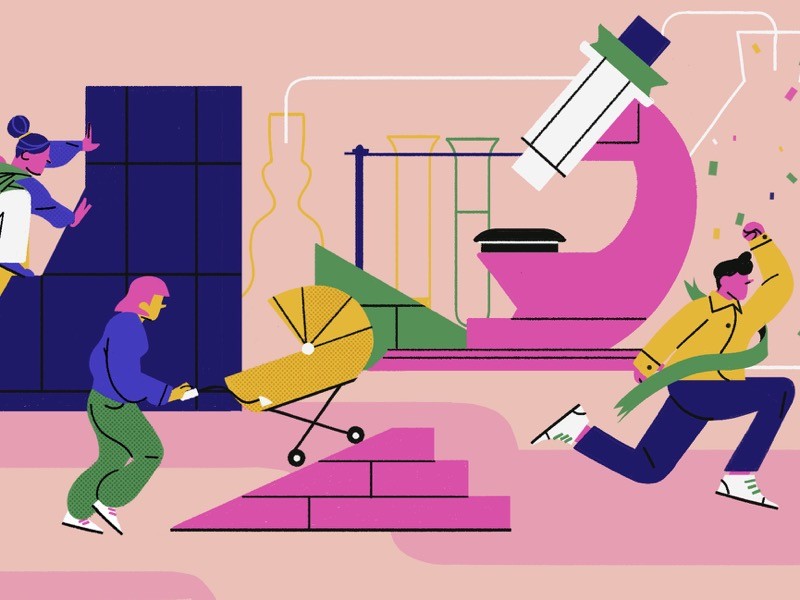 Physics needs diversity policies that account for each person’s unique identities and experiences
Physics needs diversity policies that account for each person’s unique identities and experiences (from Item 3).
Issue of July 30, 2021
eds: Heather Flewelling, Nicolle Zellner, Maria Patterson, Alessandra Aloisi, and Jeremy Bailin
[We hope you all are taking care of yourselves and each other. Be well! --eds.]
This week's issues:
1. Crosspost: Amateur astronomer discovers a tiny moon around Jupiter
2. Crosspost: Bullying and harassment are rife in astronomy, poll suggests
5. She changed astronomy forever. He won the Nobel prize for it.
6. Interview with astrophysicist Sarafina Nance
7. ‘If Then/She Can’ exhibit in Dallas inspires Latinas to enter STEM fields
8. Scholars Find Antagonism Toward Motherhood Deters Women From Pursuing Academic Science Careers
9. How to Submit to the AASWomen Newsletter
10. How to Subscribe or Unsubscribe to the AASWomen Newsletter
11. Access to Past Issues of the AASWomen Newsletter
An online version of this newsletter will be available at http://womeninastronomy.blogspot.com/ at 3:00 PM ET every Friday.







